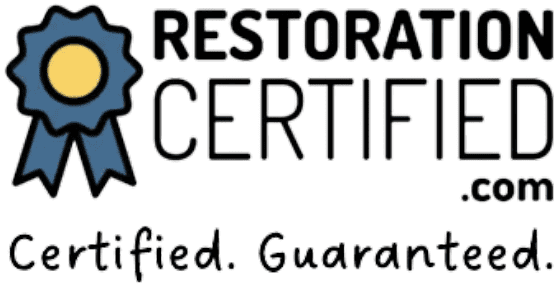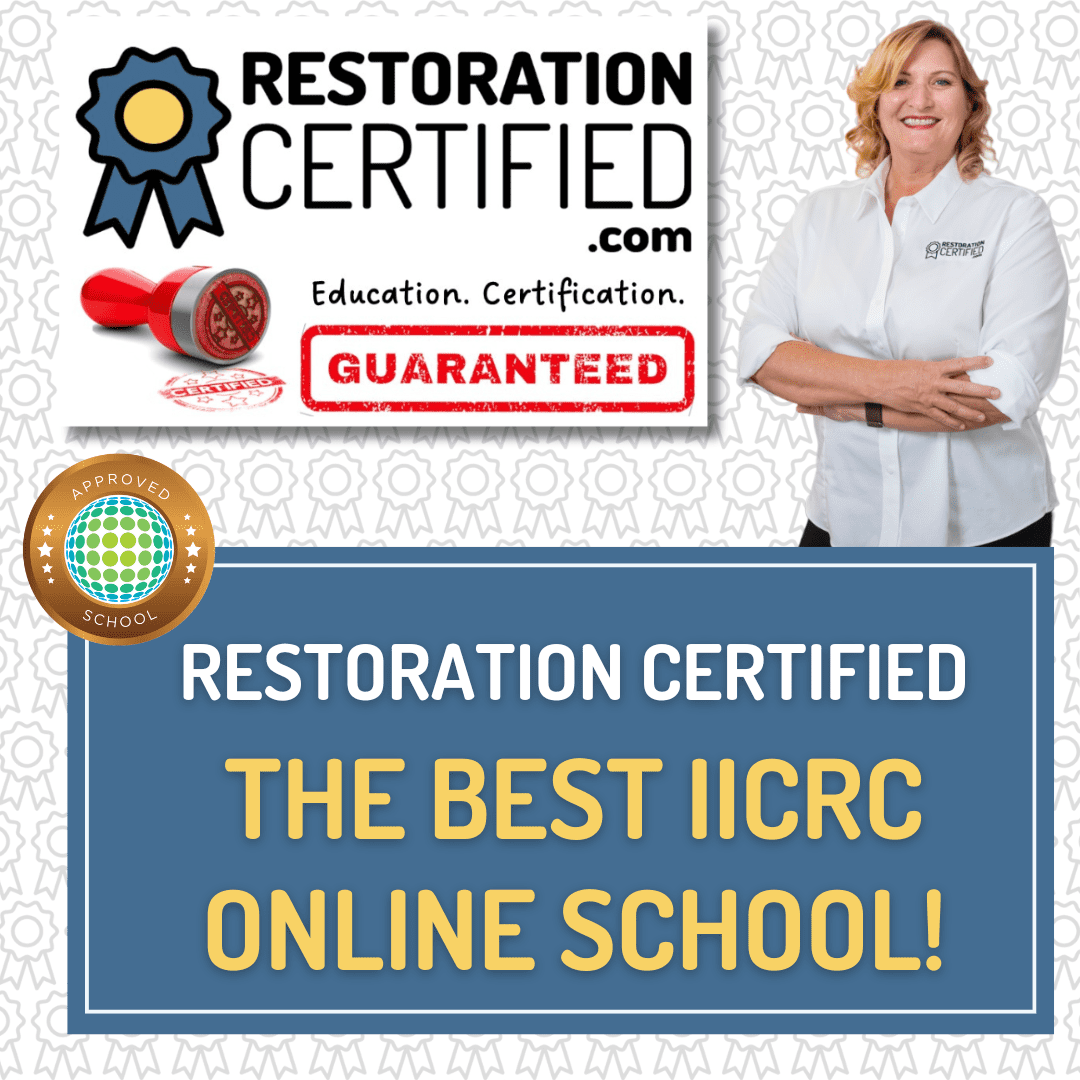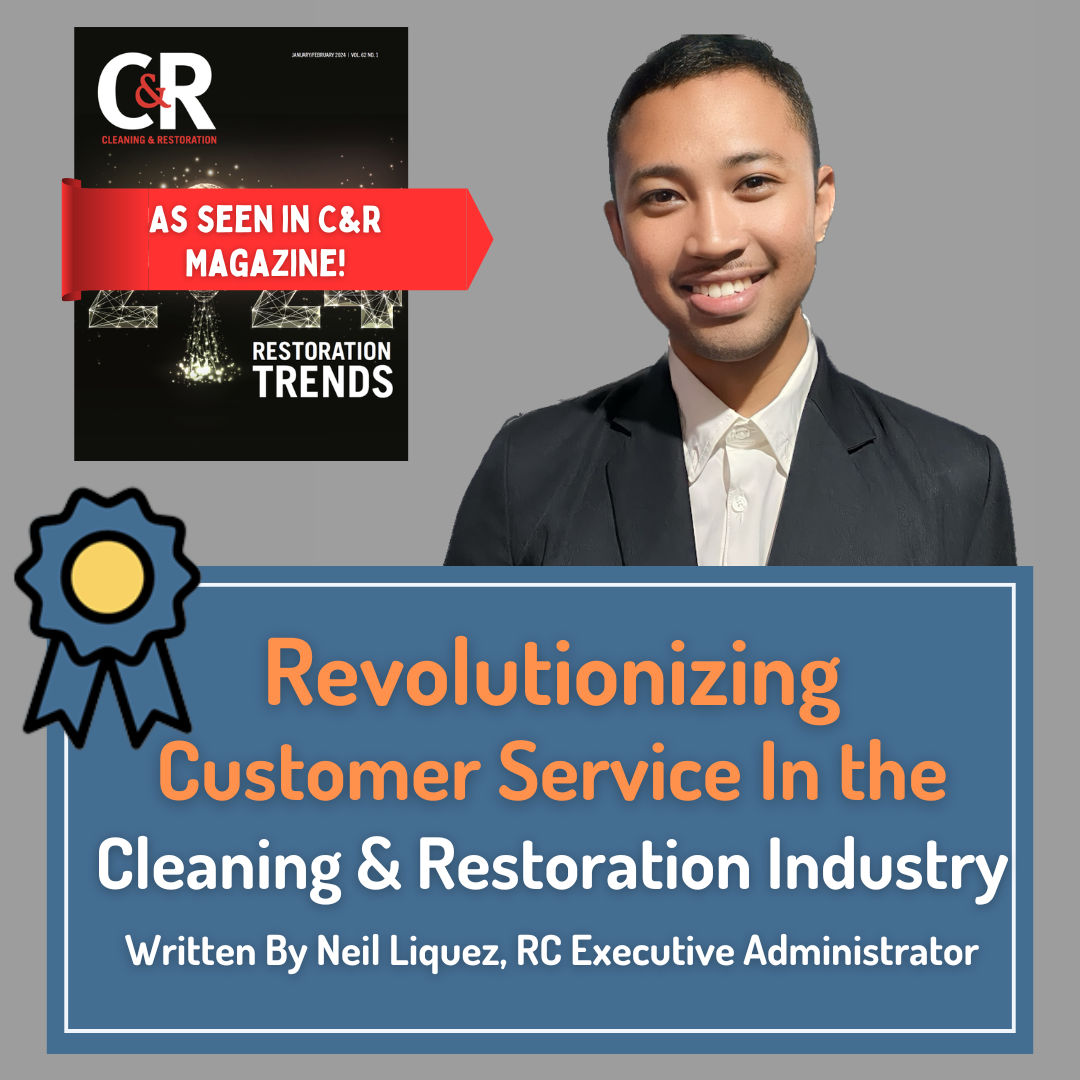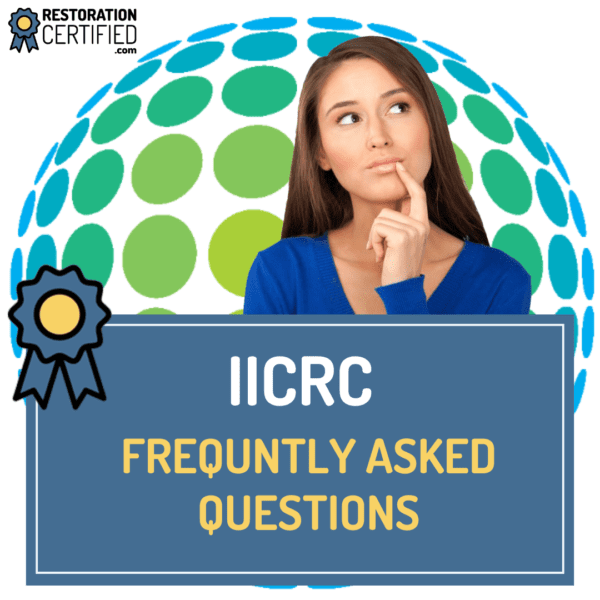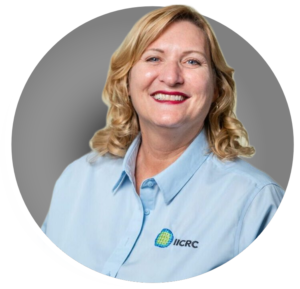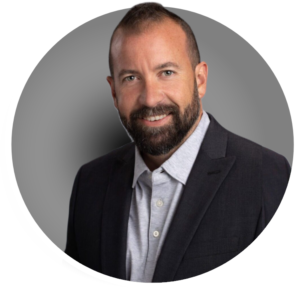Understanding the ANSI/IICRC S540 Standard for Trauma & Crime Scene Cleanup
In the field of trauma and crime scene cleaning, adherence to established standards is paramount to ensure safety, efficiency, and professionalism. The ANSI/IICRC S540 Standard for Trauma & Crime Scene Cleanup serves as a guidance document to aid technicians through the complexities of this highly specialized field of work. Understanding and applying the S540 best practices and recommendations is crucial for every technician committed to excellence in their field.
What is an ANSI Standard?
An American National Standards Institute (ANSI) accredited standard is a set of industry guidelines, recommendations, and specifications that ensures consistency, safety, and quality. Developed through a consensus-driven process involving industry subject matter experts, ANSI standards promote contractor best practices.
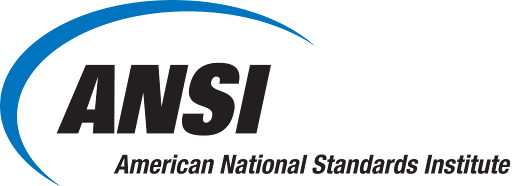
What information does the ANSI/IICRC S540 Standard for Trauma & Crime Scene Cleanup cover?
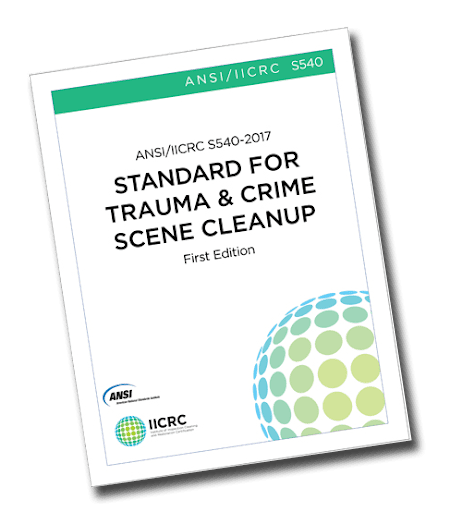
The ANSI/IICRC S540 Standard for Trauma & Crime Scene Cleanup includes informational sections on the following topics:
- The Principles of Trauma and Crime Scene Cleanup
- Safety and Health
- Biocide and Antimicrobial Technology
- Administrative Procedures, Documentation, and Risk Management
- Inspection and Preliminary Determination
- Equipment and Tools
- Limitations, Complexities, Complications, and Conflicts
- Structural Remediation
- Contents Remediation
- Packaging, Transport, and Disposal of Medical Waste
- Confirmation of Cleanliness
The Evolving Nature of the S540 Standard
Regularly reviewed and updated, ANSI standards reflect technological advancements and industry changes, playing a crucial role in maintaining high standards in services and systems.
The ANSI/IICRC S540 is described as a "living document," meaning it is subject to ongoing revisions and improvements as new information and scientific advancements emerge. This continuous evolution ensures that the Standard remains relevant and effective in addressing the latest challenges and innovations in the field of trauma and crime scene cleanup. Technicians are encouraged to stay informed about these updates and integrate new practices into their work to maintain compliance with recommended best practices and enhance the quality of their services.
Do I always have to follow the ANSI/IICRC S540 Standard guidelines and recommendations?
Every remediation scene is unique, presenting distinct challenges that may require deviation from the standard procedures outlined in the ANSI/IICRC S540 Standard for Trauma & Crime Scene Cleanup. Technicians must rely on their professional judgment, experience, and common sense to determine the best course of action for each situation. However, it is crucial to document any deviations, communicate with all relevant materially interested parties, and seek additional professional opinions when necessary. This approach ensures that all actions are justified, transparent, and in the best interest of project outcomes, safety, and effectiveness.

What is the Scope and Limitations of the S540 Standard?

While the scope of the ANSI/IICRC S540 is to provide a comprehensive framework for trauma and crime scene cleanup, it is not a substitute for professional training and certification. The ANSI/IICRC S540 Standard outlines essential principles and best practices but does not cover every possible scenario or potentially hazardous service or material that technicians might encounter. In cases involving substances like asbestos, lead, or mold, additional expertise from indoor environmental professionals (IEPs) may be required. Technicians must be aware of these limitations and seek specialized assistance when dealing with regulated materials, and strictly adhere to all local laws, regulations, and guidelines.
Safety and best practices compliance are the cornerstones of effective trauma and crime scene cleanup. The ANSI/IICRC S540 Standard for Trauma & Crime Scene Cleanup emphasizes the importance of following established procedures and taking necessary precautions to protect both the technicians and the environment. By adhering to these guidelines and staying updated on new developments, technicians can ensure that their work meets the highest standards of safety and quality.
For trauma and crime scene technicians, the ANSI/IICRC S540 Standard is an indispensable resource that provides the principles and foundation for proper remediation practices. To excel in this field, it is crucial to stay informed about updates to the standard, apply professional judgment, and seek additional training and certification. By doing so, technicians can improve the environments in which people live and work, ultimately contributing to the overall goal of enhancing public health and safety.
Where can I learn more about becoming a certified Trauma and Crime Scene Cleaning Technician?

If you want to learn more about the ANSI/IICRC S540 Standard, we invite you to register for one of our upcoming online IICRC Trauma and Crime Scene Cleaning Technician (TCST) certification classes. This course will delve deeply into the S540 Standard and provide valuable information on becoming a professional trauma and crime scene cleaning technician.
For information on our upcoming classes, visit our website at www.RestorationCertified.com or click here. For further assistance, please call us at 725-777-1746 or email us at [email protected].

Author: Jessika James
Jessika M. James is a seasoned professional and a trailblazer in her field. In 1982, she co-founded her first cleaning, restoration, and bio-remediation company in the northern California Bay Area, marking the beginning of a journey marked by innovation and expertise.
